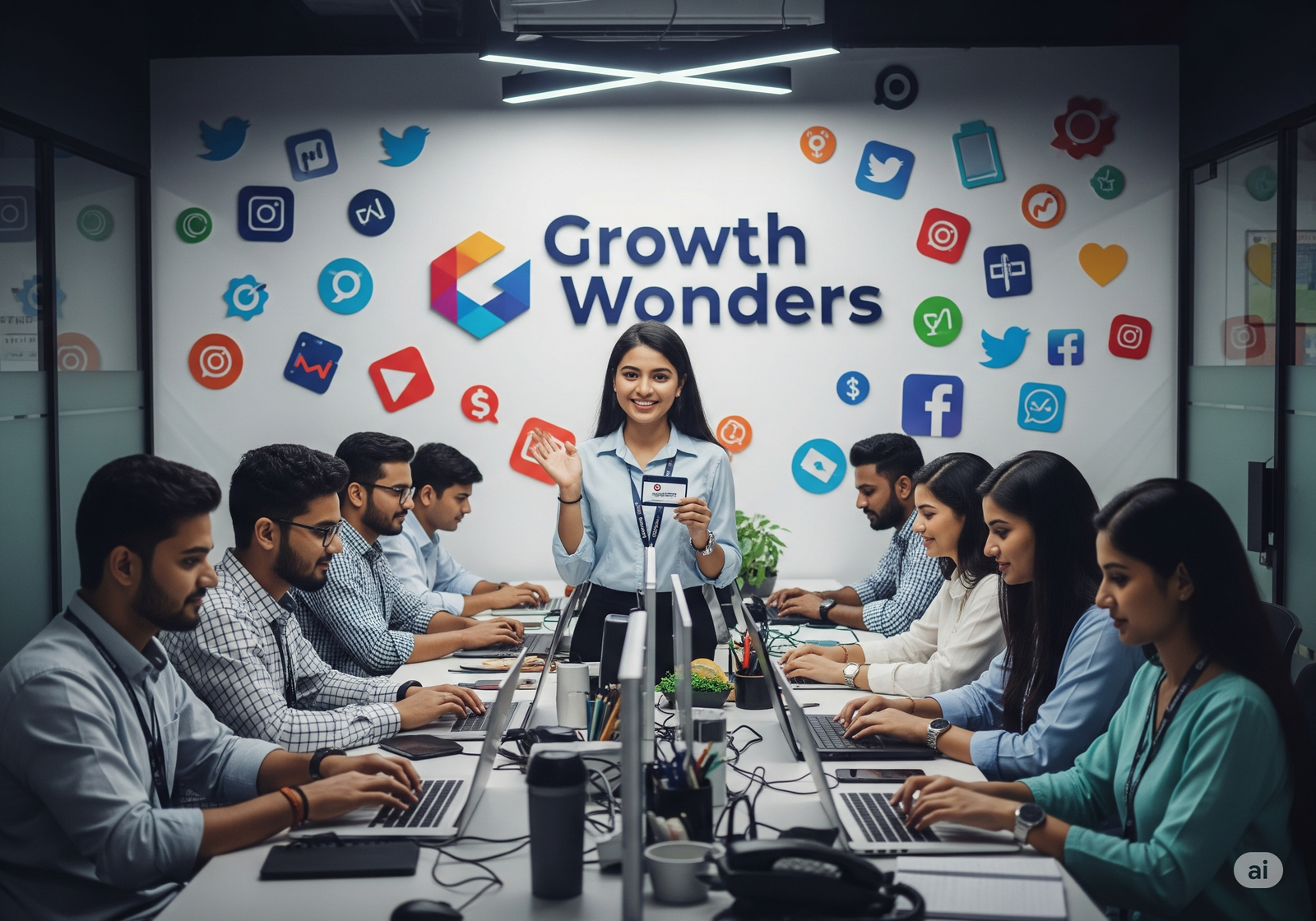
How Blockchain Is Evolving Beyond Cryptocurrency
In the early days, blockchain was synonymous with Bitcoin and other cryptocurrencies. Fast-forward to 2025, and the narrative has shifted dramatically. While crypto still thrives, blockchain has matured into a powerful foundational technology that extends well beyond digital currencies. From supply chain transparency and digital identity to healthcare data and voting systems, blockchain is being adopted across sectors at an unprecedented rate.
This article explores how blockchain is evolving beyond cryptocurrency in 2025, showcasing real-world applications, major industry developments, and what tech users should know to stay ahead.
1. What Is Blockchain? A Quick Refresher
Blockchain is a decentralized, distributed digital ledger that records transactions across multiple computers. Once data is recorded, it’s immutable — meaning it can’t be altered retroactively.
Key Features:
- Transparency: All network participants can view the data.
- Immutability: Records can’t be changed without consensus.
- Decentralization: No single point of control or failure.
- Smart Contracts: Self-executing code stored on the blockchain.
Though initially built to support cryptocurrencies like Bitcoin and Ethereum, blockchain’s capabilities extend far beyond.
2. The Shift: From Crypto to Multi-Industry Adoption
As of 2025, blockchain is being adopted in many fields outside of finance:
Key Drivers:
- Demand for data integrity and transparency
- Cybersecurity threats and digital fraud
- Global digitization trends post-COVID
- Decentralized alternatives to legacy systems
Stat Snapshot: According to a 2025 Deloitte report, 72% of Fortune 500 companies are now using blockchain technology in some capacity.
3. Real-World Use Cases Beyond Cryptocurrency
a. Supply Chain Management Blockchain ensures end-to-end transparency in the supply chain.
- Track origin of goods (e.g., organic produce, conflict-free minerals)
- Prevent counterfeiting and ensure authenticity
- Walmart and Maersk are pioneers in blockchain logistics
b. Healthcare Records Patient data can be stored securely and shared only with consent.
- Streamlines interoperability across providers
- Increases data accuracy and trust
- Helps protect against health data breaches
c. Digital Identity Management Blockchain enables self-sovereign identity (SSI) — you control your own data.
- Used in government ID programs
- Improves online verification without storing sensitive info centrally
d. Voting Systems Blockchain-based voting increases transparency and prevents tampering.
- Pilots in Estonia, South Korea, and some U.S. states
- Secure audit trails for every vote
e. Intellectual Property & Copyrights Artists, writers, and creators can timestamp and verify ownership on-chain.
- NFTs are used not only for art but also for licenses and music rights
- Royalty payments via smart contracts
f. Real Estate & Land Title Registration Property records can be maintained on a tamper-proof ledger.
- Reduces fraud in real estate transactions
- Cuts down bureaucracy and speeds up sales
g. Energy Sector Blockchain supports decentralized energy trading.
- Peer-to-peer solar energy marketplaces
- Tokenized carbon credits and sustainability tracking
4. The Rise of Enterprise Blockchains
While public blockchains like Ethereum remain popular, enterprise blockchains are gaining traction.
Examples:
- Hyperledger Fabric (by Linux Foundation)
- Quorum (by JPMorgan)
- Corda (by R3, for financial institutions)
These blockchains offer:
- Permissioned access (more privacy)
- Better scalability and compliance
- Integration with enterprise systems like ERP and CRM
2025 Trend: Hybrid blockchains that combine public transparency with private control.
5. Governments and Blockchain Adoption
Governments worldwide are integrating blockchain into digital services:
- CBDCs (Central Bank Digital Currencies) in China, EU, India, and the U.S.
- Tax filing and tracking on transparent ledgers
- Digital land registries and birth certificates
In 2025, over 30 countries have blockchain-based public infrastructure.
6. Blockchain and Web3: The Decentralized Internet
Web3 — the next generation of the internet — is powered by blockchain.
What it includes:
- Decentralized apps (dApps)
- Decentralized finance (DeFi)
- Ownership of digital assets (via NFTs)
Web3 aims to return control of data and digital assets to users rather than platforms.
Notable platforms: Ethereum, Solana, Polkadot, and Avalanche.
7. Challenges Blockchain Still Faces
Despite its promise, blockchain adoption isn’t without hurdles:
- Scalability: Many networks still struggle with high transaction volume
- Energy Usage: Proof-of-work models are power-hungry (though PoS is improving this)
- Regulatory Uncertainty: Laws differ across countries
- User Experience: Wallets, keys, and dApps can be confusing for new users
2025 Solution: Layer 2 solutions (e.g., Optimism, zk-Rollups) are helping improve speed and reduce costs.
8. How Tech Users Can Get Involved in 2025
Whether you’re a professional or enthusiast, there are many ways to participate:
- Try out decentralized applications like Uniswap or Arweave
- Use digital identity wallets like Polygon ID
- Join platforms offering blockchain-based certifications
- Experiment with tokenized assets (real estate, art, etc.)
- Take online courses on blockchain (via Coursera, Udemy, etc.)
The earlier you engage, the more comfortable you’ll be in this decentralized future.
9. Common Myths About Blockchain
Myth 1: Blockchain = Bitcoin
- Truth: Blockchain is the technology; Bitcoin is one of its first uses.
Myth 2: Blockchain is unhackable
- Truth: While the ledger itself is secure, endpoints (wallets, exchanges) are vulnerable.
Myth 3: It’s too late to get involved
- Truth: We’re still in early adoption — it’s not too late.
10. The Future Outlook for Blockchain (2025 and Beyond)
As blockchain continues to mature, expect the following trends:
- Interoperability between different blockchains
- AI + Blockchain integration for smart automation
- Tokenization of real-world assets (stocks, houses, patents)
- Zero-knowledge proofs enabling privacy-focused applications
- Global blockchain standards and regulations
By 2030, blockchain may be as invisible and integrated into daily life as the internet itself.
FAQs
Q1: Do I need to invest in crypto to benefit from blockchain?
A: No — many blockchain applications don’t require owning cryptocurrency.
Q2: Is blockchain only for developers or tech experts?
A: Not at all — tools are becoming more user-friendly, and anyone can start exploring.
Q3: Is blockchain really secure?
A: The core technology is highly secure, but users must still practice safe digital hygiene.
Conclusion
Blockchain is no longer just about Bitcoin — it’s a foundational digital infrastructure shaping the future of data, identity, and transactions. In 2025, its applications go far beyond finance, offering new ways to build trust, increase efficiency, and empower users in nearly every industry.
As a tech user, understanding blockchain’s broader potential is essential. Whether you’re experimenting with dApps, exploring digital identity, or simply staying informed, your engagement will prepare you for a decentralized, transparent, and empowered digital future.



Leave a Reply